You don’t need to look further for chicken owners who want a free-range chicken because Icelandic chickens are the answer. This breed is not popular in the United States, but it’s well worth it. They are adaptable and hardy to thrive in different situations and temperatures.
While they may not do well in confinement, they are skilled foragers who can navigate and feed independently if given the space they need to do so. Additionally, they are an excellent choice for off-grid living. Continue reading this article to learn more about Icelandic chickens and their history and temperament.
| Icelandic Chicken Overview | |
| Attribute | Information |
| Purpose | Dual Purpose (meat and egg) |
| Egg Color | Tinted beige, light beige, or white |
| Egg Size | Medium or Large |
| Broody | Occasionally |
| Heat Tolerance | Yes (Due to their adaptability) |
| Cold Tolerance | Yes |
| Comb Type | Single |
| Egg Production | 100 to 180 annually |
| Chicken Skin Color | Yellow |
| Life Span | Up to 15 years |
| Adult Weight (Hen) | 3.5-4.5 lbs |
| Adult Weight (Rooster) | 4.5-5.5 lbs |
| Backyard Friendly | 4/5 (Assumed from their temperament) |
The History of Icelandic Chickens
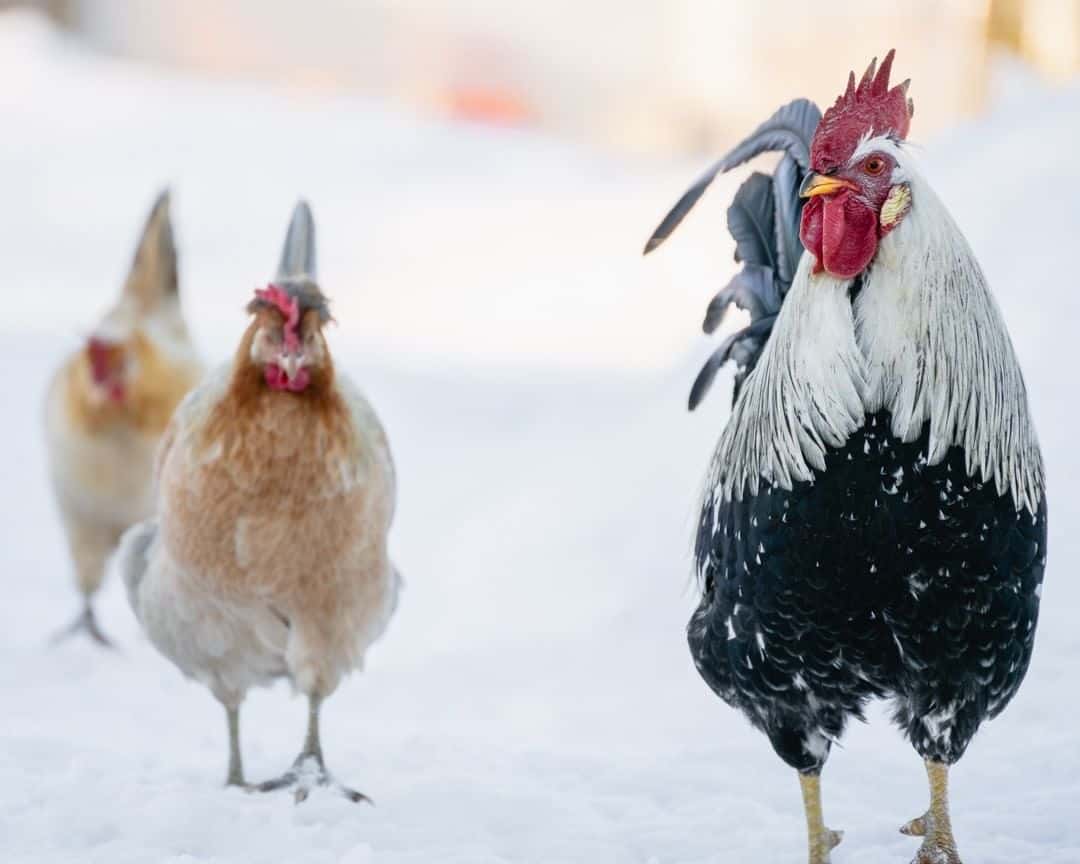
The Icelandic Chicken was first recorded in the ninth and tenth centuries during the Icelandic settlement, brought by the Viking or Norse settlers. Years passed, and they developed into a breed with incredible adaptability and can lay eggs even during the coldest season.
Until 1930, they were the only chicken breed on the island before chicken import started. However, due to many factors, such as diseases and parasites, the pure Icelandic breed started becoming endangered, so the government made many policies to preserve and protect this landrace breed.
In 1970, several Icelandic chickens were saved and bred to produce the modern numbers of this breed. Their numbers are estimated to be 4,000 in Iceland and 1,000 in North America, equal to 5,000 in the total Icelandic chicken population. Because of this number, this breed is considered endangered and under the protection of the Livestock Conservancy.
Basic Traits of an Icelandic Chicken
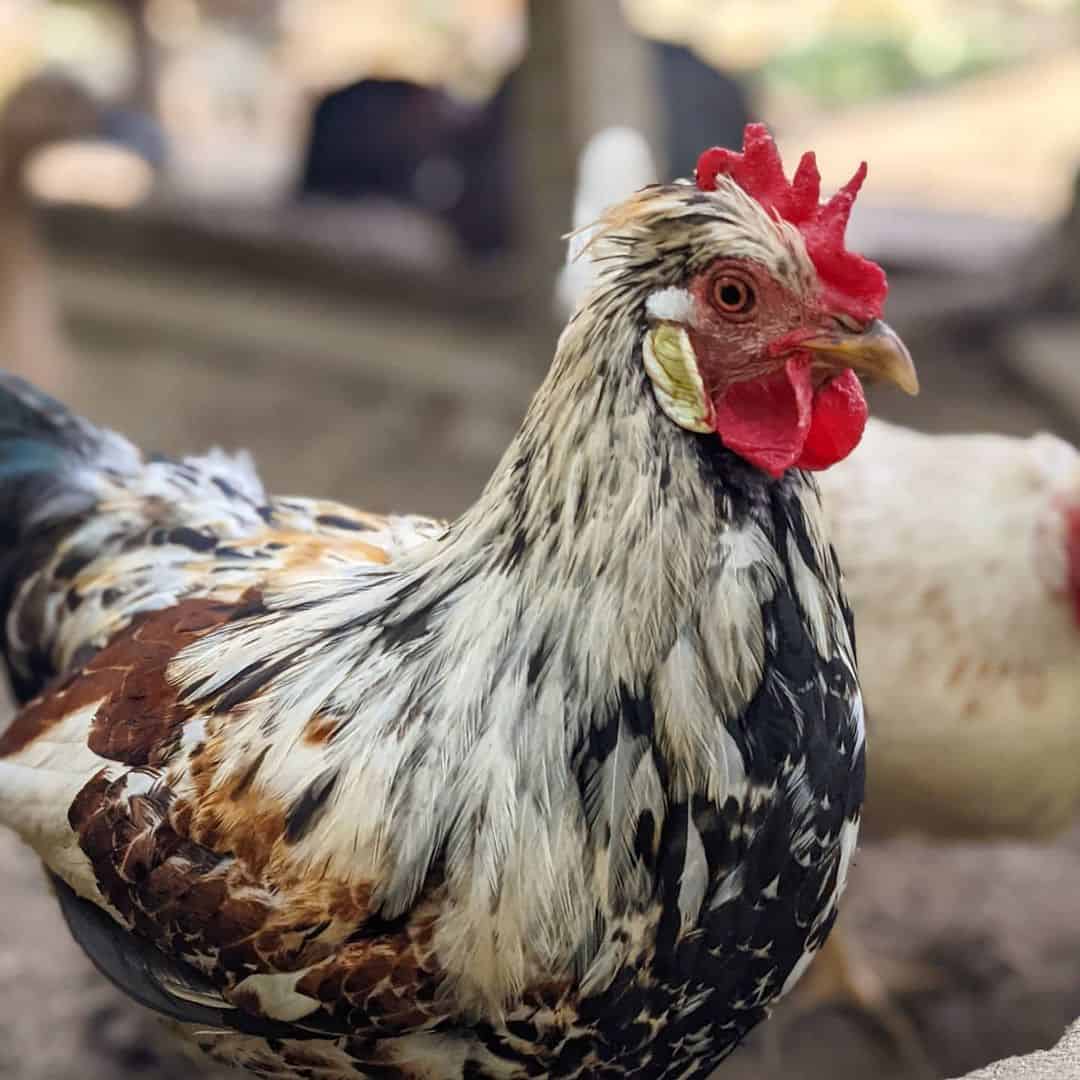
Although this breed is estimated to be 5,000 in number, there are four different distinctions or lines of Icelandic chicken. These lines are named after the farm where they were raised and bred. Therefore, each of their lineages can also be traced in these farms. The four types of Icelandic chickens are the Behl line, the Husatoftir line, the Sigrid line, and the Hlesey line.
While there may be some variations to this breed, they all are generally called Icelandic chickens. There isn’t a specific look to the Icelandic chickens as they all differ in size, color, patterns, or comb style. However, you can quickly identify this breed because of its featherless legs. Other than that, they may look like different breeds of chicken.
As previously mentioned, this breed is a skilled forager. That means it can live on its own for as long as they have a vast space to navigate where it can find their food. They are also a flying chicken breed which helps them get away from enemies whenever they need to.
The Temperament of an Icelandic Chicken
When it comes to personality and temperament, Icelandic chickens are a top choice for chicken owners. They are a great breed to keep if you have ample space to roam around and be safe. Their friendly nature and ease of maintenance are some of their best features.
Getting along with other chicken breeds or even humans is never a problem for them as long as they don’t pose a threat. If you want to know more about the Icelandic chicken’s unique personality and temperament, check out this section below.
Adaptable
There is no question that the Icelandic chicken is a very adaptable breed. The term “hardy” is often used to describe this breed because of its remarkable ability to adapt to any environment or temperature. If they are given ample space to roam around, they’ll be able to fend for themselves by finding food and defending themselves.
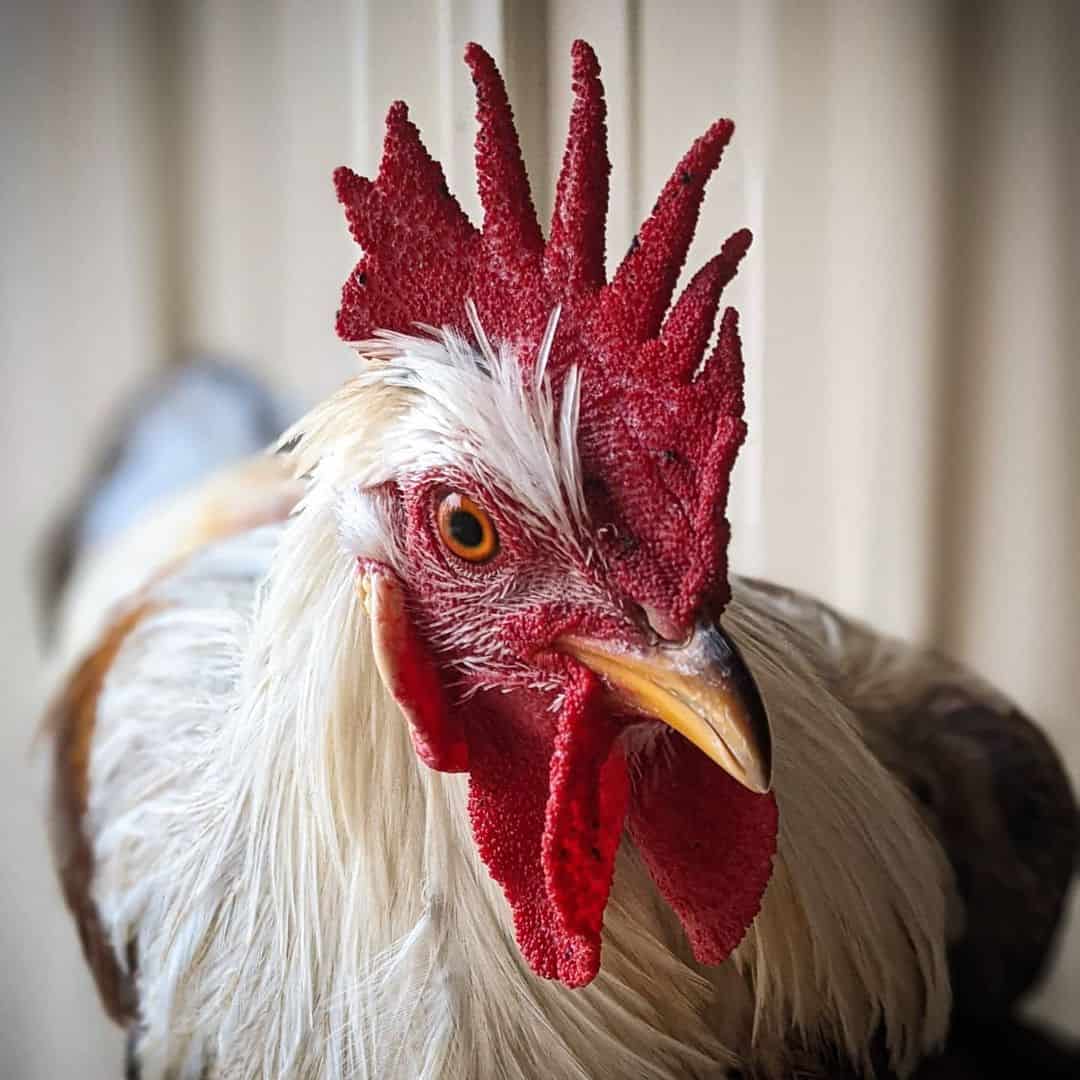
Friendly
Icelandic chickens are known to be a calm and friendly breed. They don’t have many unlikable traits like aggression, and they warm up to people and other breeds pretty quickly. If this breed is raised well, they can be very friendly and easy to get along with.
They are also a great breed for kids to take care of since adult Icelandic chickens only grow up to medium size. Children can easily carry them, and they won’t be aggressive. While raising them, make sure to socialize with them to adapt to any situation.
Low Maintenance
This breed is a self-sufficient forager that can fend for itself. That’s why beginners will have no problem taking care of them. Just like other free-range chickens, Icelandic chickens require minimal care since they can search for food and get rid of enemies on their own. If anything, they will only need surveillance and proper nutrition, especially in their first few years.
Egg Laying Capabilities of an Icelandic Chicken
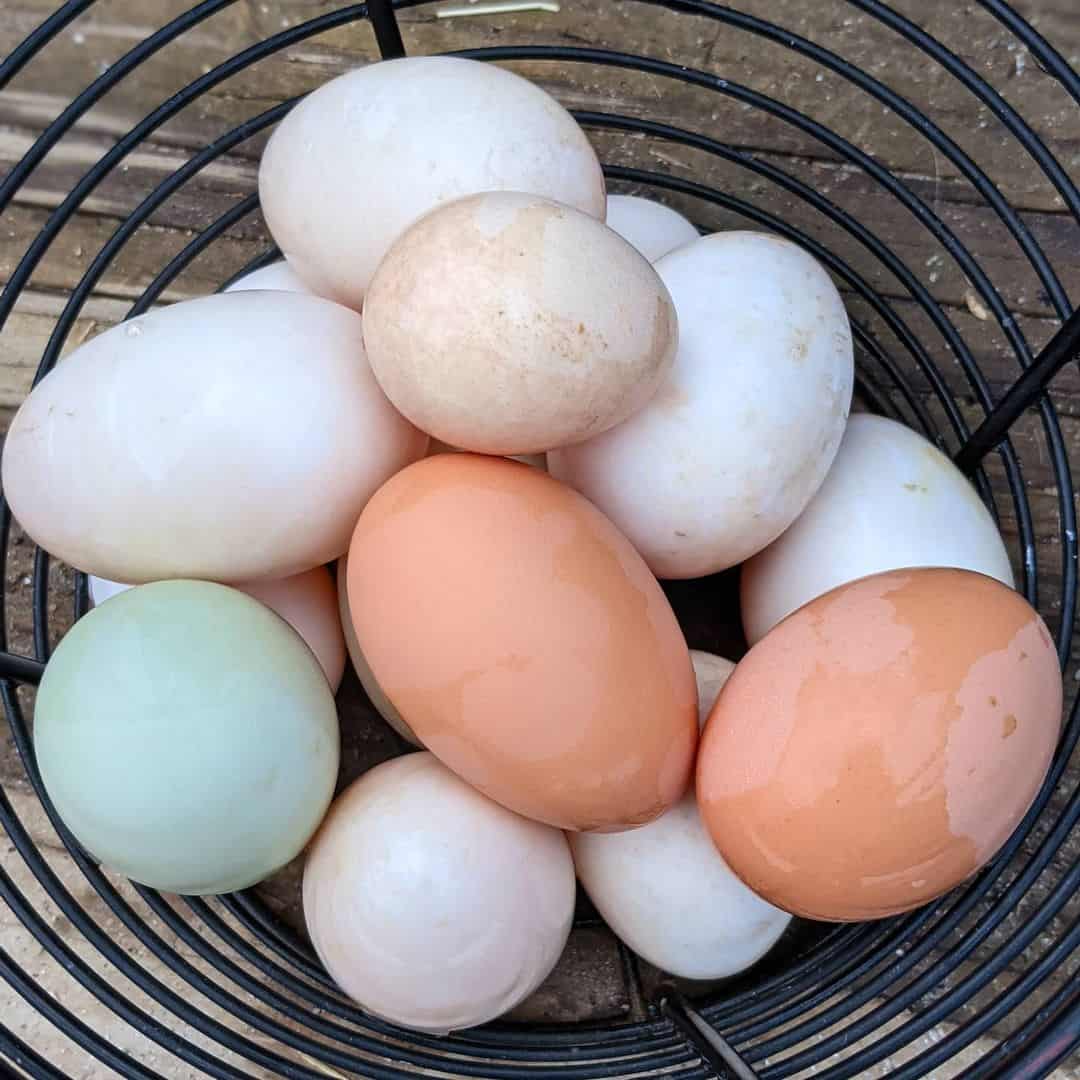
Compared to other chickens that can withstand cold weather, the Icelandic chicken produces fewer eggs per year, with only an estimated 100 to 180 annually. Most chickens can lay 250 to 350 eggs per year, with the Leghorn chicken being able to lay 280 to 320 eggs per year.
Their eggs are medium or large-sized and usually tinted beige, light beige, or white. Icelandic hens can start laying eggs as early as four months, depending on environmental factors that may affect their health. After that, they can continue to lay eggs throughout the year except for taking some time to molt.
If you want to see how young an Icelandic chicken can start laying eggs, here’s a video of a five-month-old Icelandic chicken that laid an egg.
Another considerable note in egg production for Icelandic chickens is that it is usually a ratio of one rooster to ten Icelandic hens. However, you can change it depending on your chickens’ personality or temperament. Proper distribution is the key to good egg production.
Health and Care
Taking care of an Icelandic chicken is easy, even for people who are beginners in raising chickens. This low-maintenance breed doesn’t get sick too often and can even live up to 15 years when given proper care throughout the years. They are cold-hardy, which means they can handle cold weather and continue laying eggs during the winter, but you need to make sure that they have the things they need during this time, such as a warm shelter.
If there is any health issue that may concern you, it’s malnutrition. Since Icelandic chickens are skilled foragers, they also get food from poking around a vast area. They usually eat seeds or insects found on the ground, but food does not always come easy. So in their early years, it’s essential to establish a healthy diet now and then to get all the nutrients and minerals they need.
As they grow old, it’s also essential to check on your chicken’s vaccines. Having them at the right time will ensure that your chickens grow healthy and strong.
3 Helpful Tips for Raising Icelandic Chickens
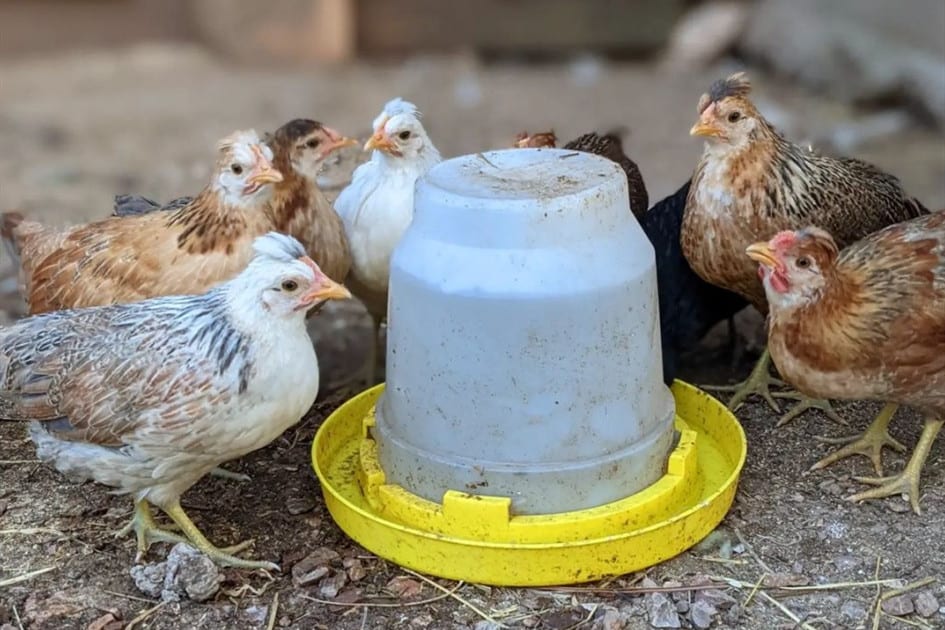
Now that you know everything you need to know about Icelandic chickens and how to take care of them, here are three valuable tips to guide you in raising strong and healthy chickens.
Feed them nutritious food during their first year
As mentioned earlier, Icelandic chickens are great foragers and can find food on their own. So naturally, they can get by with what they get from roaming around. However, in the first year of their life, they should not be allowed to forage as much as adult chickens can. Instead, it’s better to feed them nutritious food to ensure that they grow right.
Give adult chickens enough nutrients and minerals during winter
During winter, some free-range chickens would be unable to lay eggs or find food for themselves. That’s why you should give special attention to your Icelandic chickens during the winter. This breed can lay eggs all year round, even during the cold season, so they would need all the nutrients and minerals that they can get. So give them a healthy diet plan that you can incorporate even if the cold season is done.
Put them in a suitable space
When raising chickens, it’s essential to put them in a suitable place for them. Since Icelandic chicken is a free-range breed, you need to put them in a coop with a shelter where they can stay at nighttime and have ample space to roam around during the day.
Give them a shelter coop where they can sleep and lay eggs. Make sure that it’s ample space, so they don’t feel too confined most of the time. Choose an area with ample grass space for them to roam around and forage.
Conclusion
Icelandic Chickens are an excellent choice for poultry owners with ample space and diverse lands for foraging near their coop. They are great in egg and meat production, and it’s also amazing how they can last up to 15 years when well taken care of.
Taking care of an Icelandic chicken is very easy; that’s why they are an excellent choice for any coop. You can leave them on their own as they are great foragers and you won’t have to worry much about them. Overall, they are an excellent choice for beginners in raising chickens.
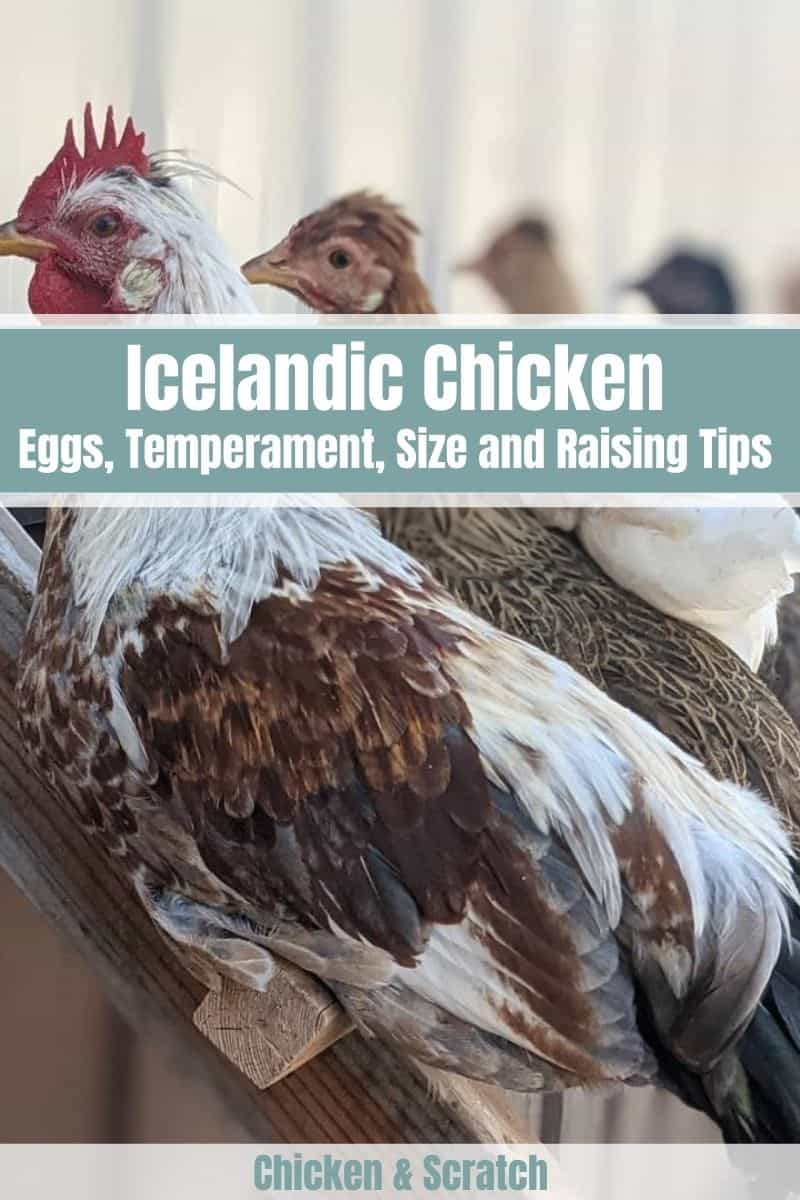

Joseph Hudson has been raising chickens for over 15 years. In 2018, he completed the Agriculture & Natural Resources program at Mt. San Antonio College. He currently raises over 1400 chickens on his 7.5-hectare farm. He keeps sharing his experience on raising healthy and happy chickens on Chicken Scratch The Foundry.








I want Icelandic hatching eggs
where can i get hatching eggs or chicks? Thank you 778 789 0604
They lay better than that! Especially the Behl line.